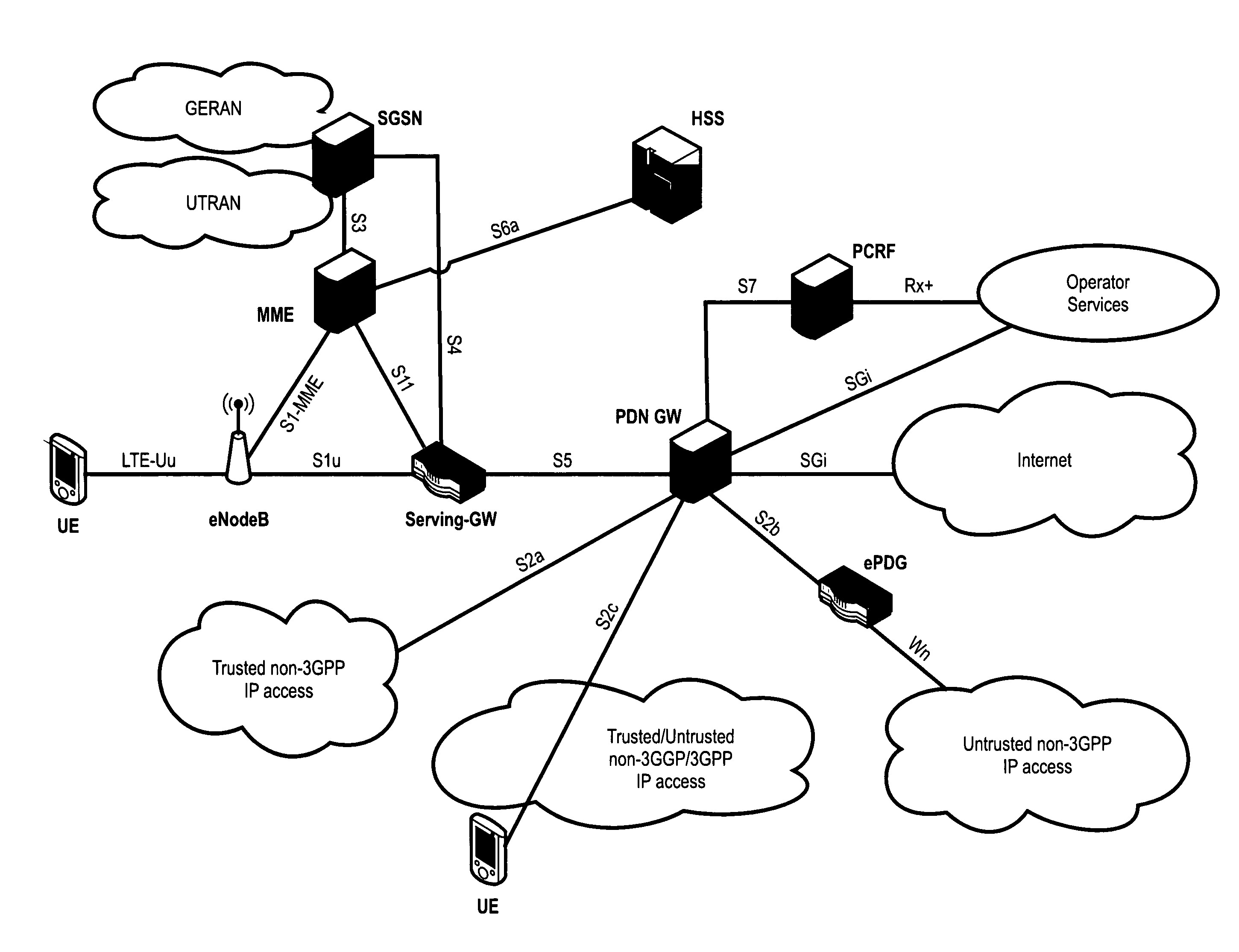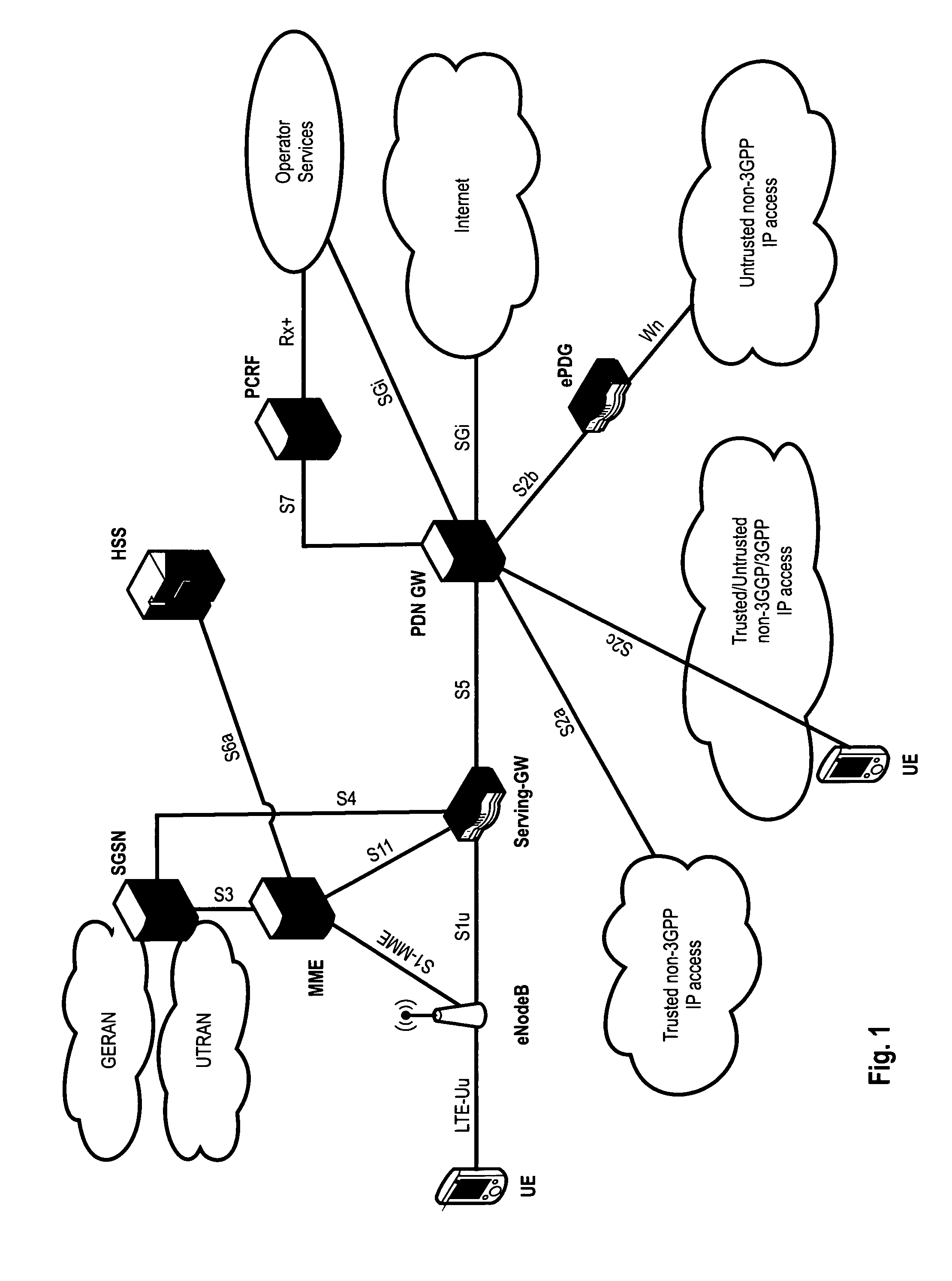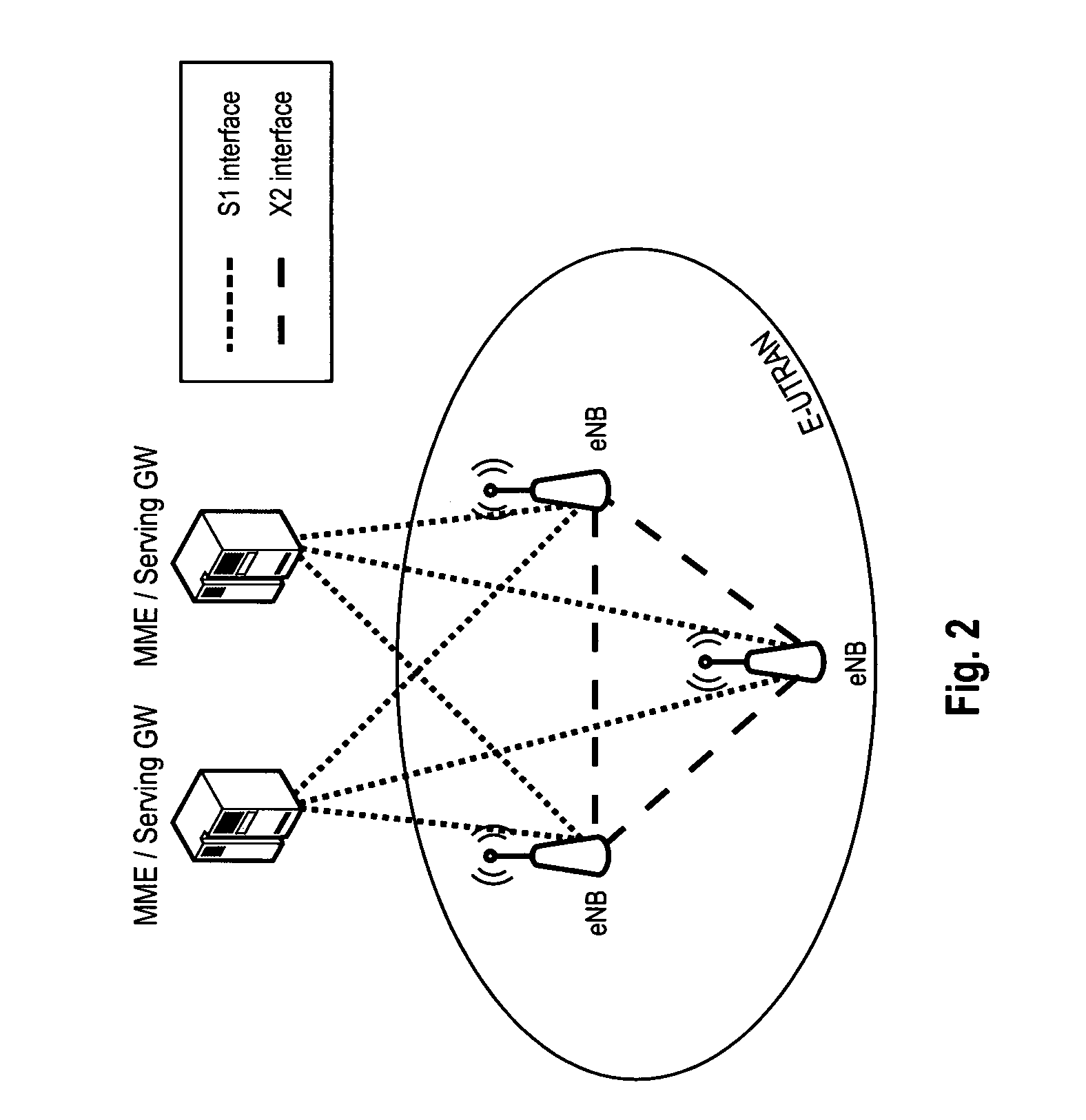Propagation delay difference reporting for multiple component carriers
a technology of propagation delay and component carrier, which is applied in the direction of repeater circuit, line-transmission details, synchronisation arrangement, etc., can solve the problems of large amount of resources, inefficient solution from downlink control overhead, and difficulty in finding a spectrum band wide enough for the lte-advanced system
- Summary
- Abstract
- Description
- Claims
- Application Information
AI Technical Summary
Benefits of technology
Problems solved by technology
Method used
Image
Examples
Embodiment Construction
[0502]The following paragraphs will describe various embodiments of the invention. For exemplary purposes only, most of the embodiments are outlined in relation to an orthogonal single-carrier uplink radio access scheme according to 3GPP LTE (Release 8 / 9) and LTE-A (Release 10) mobile communication systems discussed in the Technical Background section above. It should be noted that the invention may be advantageously used for example in a mobile communication system such as 3GPP LTE (Release 8 / 9) and LTE-A (Release 10) communication systems as described in the Technical Background section above, but the invention is not limited to its use in this particular exemplary communication network. The invention may be broadly used in communication systems where time alignment of uplink transmissions on multiple carriers (having different propagation delays) is desired.
[0503]The explanations given in the Technical Background section above are intended to better understand the mostly 3GPP LTE...
PUM
 Login to View More
Login to View More Abstract
Description
Claims
Application Information
 Login to View More
Login to View More - R&D
- Intellectual Property
- Life Sciences
- Materials
- Tech Scout
- Unparalleled Data Quality
- Higher Quality Content
- 60% Fewer Hallucinations
Browse by: Latest US Patents, China's latest patents, Technical Efficacy Thesaurus, Application Domain, Technology Topic, Popular Technical Reports.
© 2025 PatSnap. All rights reserved.Legal|Privacy policy|Modern Slavery Act Transparency Statement|Sitemap|About US| Contact US: help@patsnap.com



